Relentless & Grim: Deadly Attacks Continue in Gaza At Least 15 Killed Since Dawn
Updated: October 5, 2025
Reading time: 12–14 minutes
Deadly attacks continue in Gaza, intensifying fears for civilians and complicating already fragile diplomacy. Since dawn, reports indicate fresh strikes and mounting casualties, underscoring how deadly attacks continue in Gaza even as international attention centers on ceasefire mechanics and hostage negotiations. In this analysis, we outline what is known so far, how casualty figures are being reported, and why deadly attacks continue in Gaza despite mounting pressure for de-escalation.
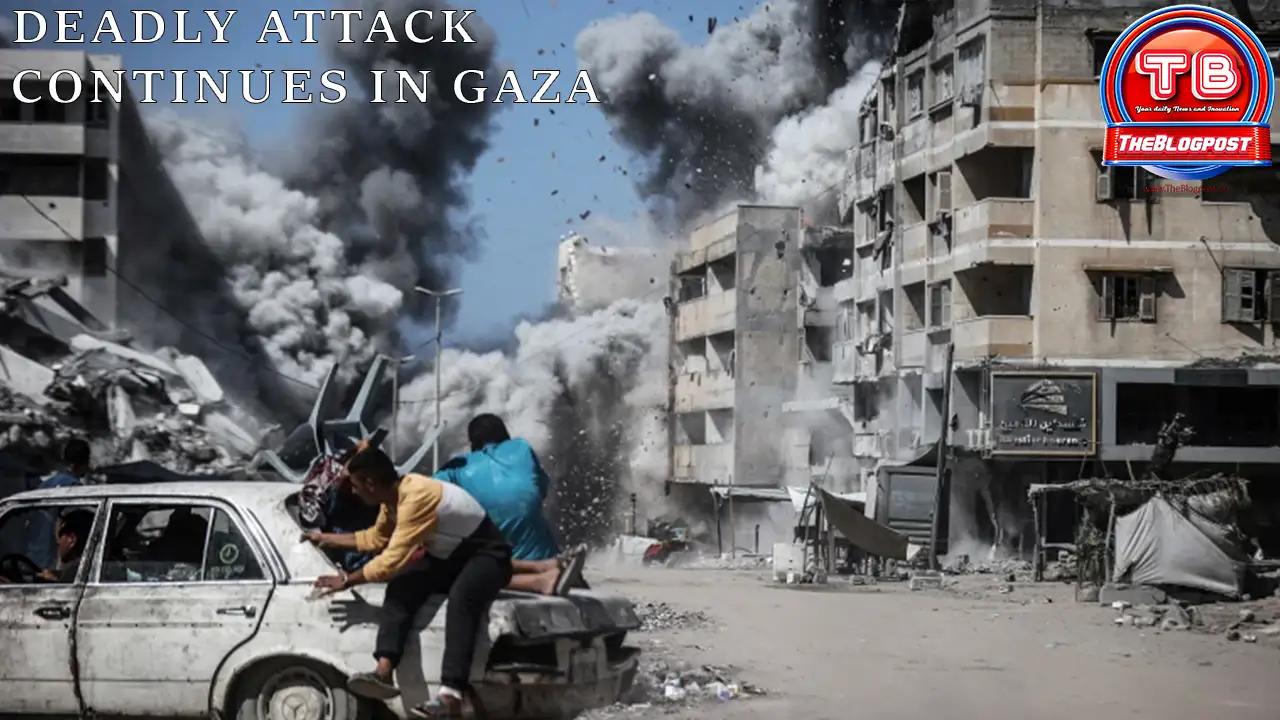
For live context, readers can consult the CNN live coverage (follow here). Additionally, for background policy framing and negotiation dynamics, see our pillar explainers:
Gaza Ceasefire Deal & Hostage Condition and
Trump’s Gaza Peace Plan.
Key Update: At Least 15 Fatalities Reported Since Dawn
Multiple outlets monitoring field reports indicated that at least 15 people were killed in separate strikes and incidents since dawn, illustrating yet again that deadly attacks continue in Gaza. While casualty numbers may fluctuate through the day as hospitals and civil defense units compile lists, the early tally underscores how deadly attacks continue in Gaza in bursts that strain emergency services, overwhelm morgues, and deepen public trauma.
Because early figures tend to be provisional, totals are updated as confirmations arrive. That said, the pattern is familiar: deadly attacks continue in Gaza in urban areas as well as in densely populated camps, leading to a rapid rise in reported deaths and injuries. Consequently, humanitarian agencies reiterate contingency plans each time deadly attacks continue in Gaza after short lulls or amid diplomatic announcements.
How Today’s Casualties Fit a Larger Pattern
To understand why deadly attacks continue in Gaza despite ceasefire discussions, we need to place today’s deaths within a months-long arc of escalations and pauses. Historically, casualty spikes have followed three drivers: intensified military operations, breakdowns in talks, and retaliatory cycles. When deadly attacks continue in Gaza during sensitive diplomatic moments, it often reflects unresolved demands by the parties as well as efforts to alter negotiating leverage.
Moreover, the running total of war deaths has climbed throughout 2025. In recent days, several reports have described dozens of fatalities in single waves of strikes, reinforcing the perception that deadly attacks continue in Gaza at a scale that complicates any immediate stabilization. In turn, hospitals already depleted struggle to keep pace as deadly attacks continue in Gaza with limited warning, forcing medical teams to triage under austere conditions.
Morning to Midday: What We Know So Far
- Casualty count: Early updates put the death toll at at least 15 since dawn, with additional wounded receiving emergency care. This confirms that deadly attacks continue in Gaza across multiple districts.
- Strike locations: Field notes mention hits near residential blocks and critical infrastructure, trends typical when deadly attacks continue in Gaza despite high-profile diplomatic talks.
- Emergency response: Civil defense units and volunteers continue clearing rubble and transporting casualties, a grim drill repeated whenever deadly attacks continue in Gaza.
As always, these mid-day snapshots are refined later. Nevertheless, the message is consistent: deadly attacks continue in Gaza in ways that make both ceasefire verification and humanitarian delivery substantially harder.
Diplomatic Crosscurrents: Ceasefire, Hostages, and Verification
Diplomatic actors have publicly discussed staged withdrawals, phased hostage releases, and verification mechanisms. Yet, even as frameworks are floated, deadly attacks continue in Gaza. Why? First, parties interpret the “phases” differently. Second, on-the-ground realities especially localized firefights and targeted strikes persist while negotiators argue over sequencing. Third, spoilers and miscalculations can trigger fresh escalations, ensuring that deadly attacks continue in Gaza despite stated intentions to pause.
Verification is another sticking point. Inspectors need safe corridors and reliable access to assess compliance; however, when deadly attacks continue in Gaza, these corridors are compromised. As a result, even modest confidence-building moves stall, partly because deadly attacks continue in Gaza at a tempo that undermines trust and complicates logistics for neutral monitors.
Humanitarian Impact: Hospitals, Aid Corridors, and Civilian Survival
Healthcare capacity remains precarious. Periods when deadly attacks continue in Gaza magnify shortages of beds, blood products, and anesthesia, while power and water disruptions multiply risks of infection. In several incidents this year, hospitals and medical staff have been directly or indirectly impacted by strikes, turning life-saving hubs into scenes of chaos. When deadly attacks continue in Gaza early in the day, emergency departments brace for spike loads through evening hours, often without the necessary supplies.
Aid delivery is similarly constrained. Agencies emphasize safe passage for convoys and consistent inspection protocols. Yet, as deadly attacks continue in Gaza, roads become impassable and distribution points shut down. Civilians, meanwhile, face compounding hazards from collapsing buildings and shrapnel wounds to dehydration, malnutrition, and untreated chronic illness especially when deadly attacks continue in Gaza during heat waves or amid fuel shortages that cripple refrigeration.
Information Discipline: Why Numbers Differ and How to Read Them
Readers frequently ask why tallies vary. The answer is methodological: numbers come from hospitals, civil defense, and local officials, are cross-checked by journalists, and then reconciled by international organizations. During periods when deadly attacks continue in Gaza, verification slows because responders prioritize life-saving work. Thus, figures released early in the day are conservative. Later, as records are consolidated, totals typically rise further evidence that deadly attacks continue in Gaza with effects not immediately visible.
Another factor is geographic fragmentation. Casualties across multiple neighborhoods arrive in parallel streams, and when deadly attacks continue in Gaza across north, central, and southern districts, the reconciliation of lists can take several cycles. This is why professional outlets often note that figures are “at least” a given number and “subject to update.”
Legal and Ethical Questions
International humanitarian law prohibits indiscriminate attacks and demands precautions to avoid civilian harm. When deadly attacks continue in Gaza amid dense civilian concentrations, legal experts scrutinize target selection, proportionality, and warnings. They also examine whether medical facilities, schools, and shelter sites are being adequately protected. Each time deadly attacks continue in Gaza, documentation photos, videos, satellite imagery, survivor testimony feeds into ongoing assessments by NGOs and UN bodies.
Regional and Global Stakes
Beyond immediate suffering, each day that deadly attacks continue in Gaza carries strategic repercussions: regional actors recalibrate, markets react to risk, and diplomatic coalitions form or fracture. For Washington and European capitals, the persistence of violence strains political bandwidth, while for states in the region, border security and refugee flows become urgent. Consequently, as deadly attacks continue in Gaza, regional mediators press for sequencing that can both reduce violence and unlock humanitarian corridors quickly.
What to Watch Tonight
- Updated casualty totals: Expect revised numbers as hospital intakes are reconciled. If deadly attacks continue in Gaza into the night, the toll may rise.
- Hostage and ceasefire choreography: Monitoring statements from negotiating capitals. If deadly attacks continue in Gaza while talks proceed, verification proposals may be adjusted.
- Humanitarian access: Any safe-passage commitments. When deadly attacks continue in Gaza, convoys are often delayed; clear windows are vital.
Bottom Line
The day’s central fact is stark: deadly attacks continue in Gaza, and at least 15 people were reported killed since dawn. While casualty numbers may evolve with further verification, the operational picture is unambiguous deadly attacks continue in Gaza as negotiators outline proposals that have yet to translate into a sustained cessation of violence. Until verification, sequencing, and access are credibly resolved, the grim cycle where deadly attacks continue in Gaza even during diplomatic surges is likely to persist.
Further Reading & Policy Context
For a deeper understanding of the policy backdrop and how ceasefire frameworks connect to on-the-ground realities as deadly attacks continue in Gaza


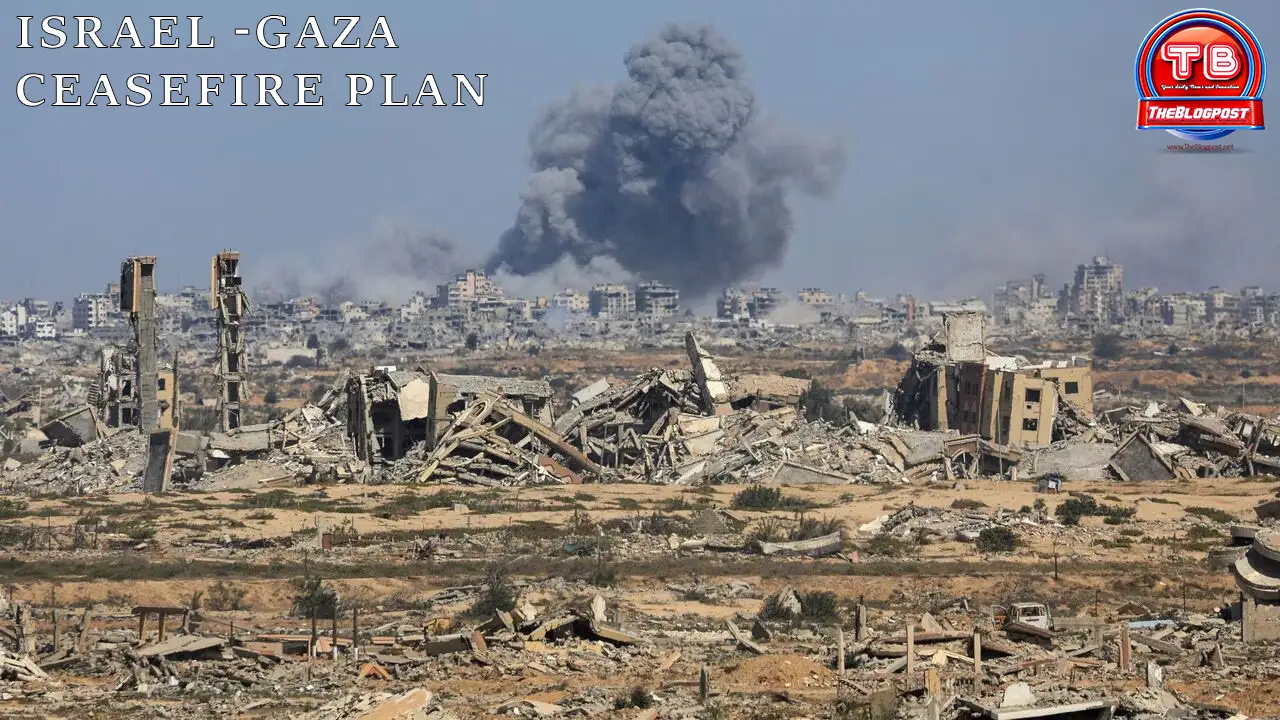

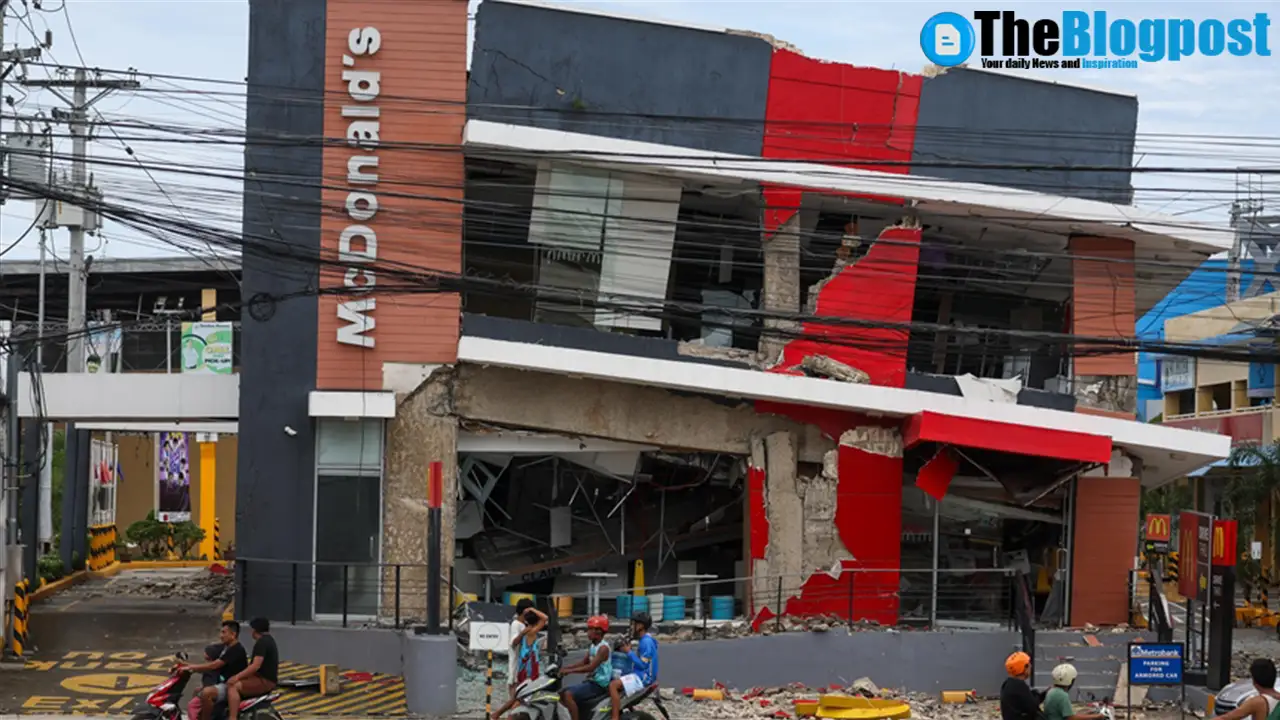
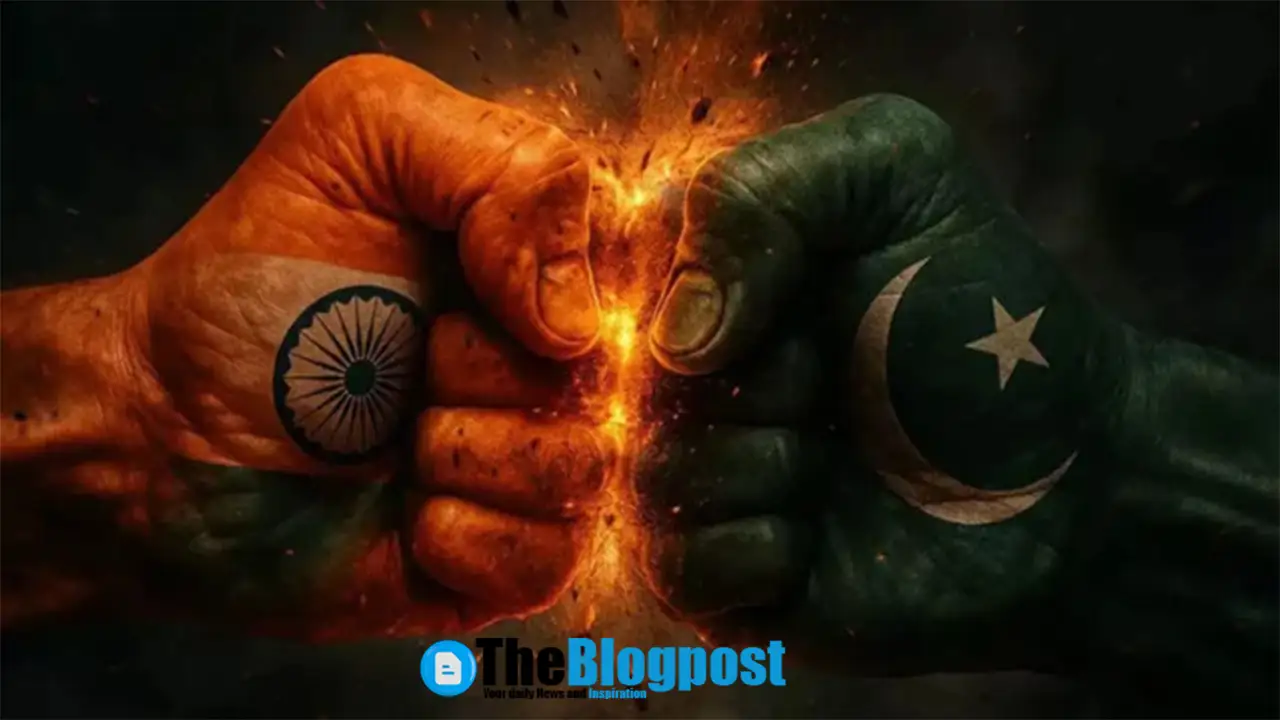




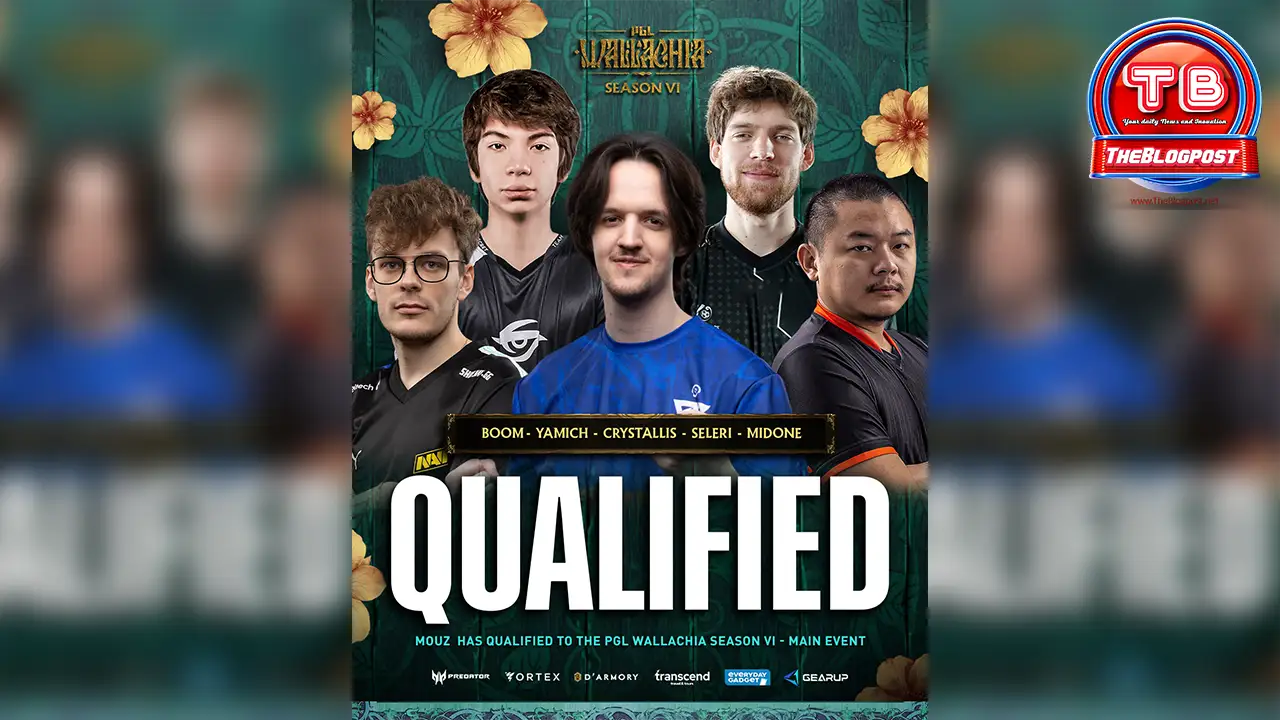

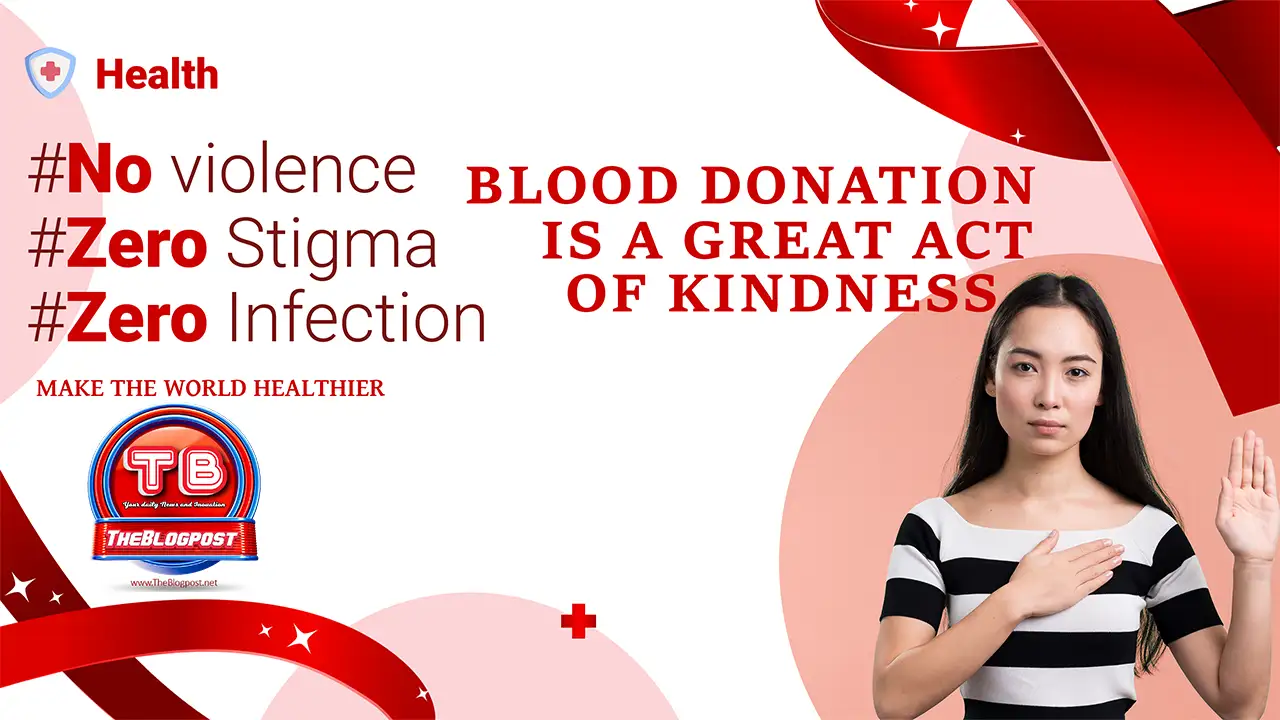
Leave a Reply